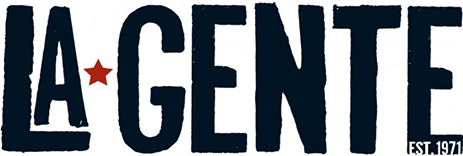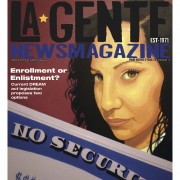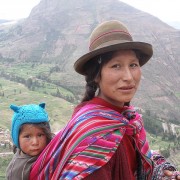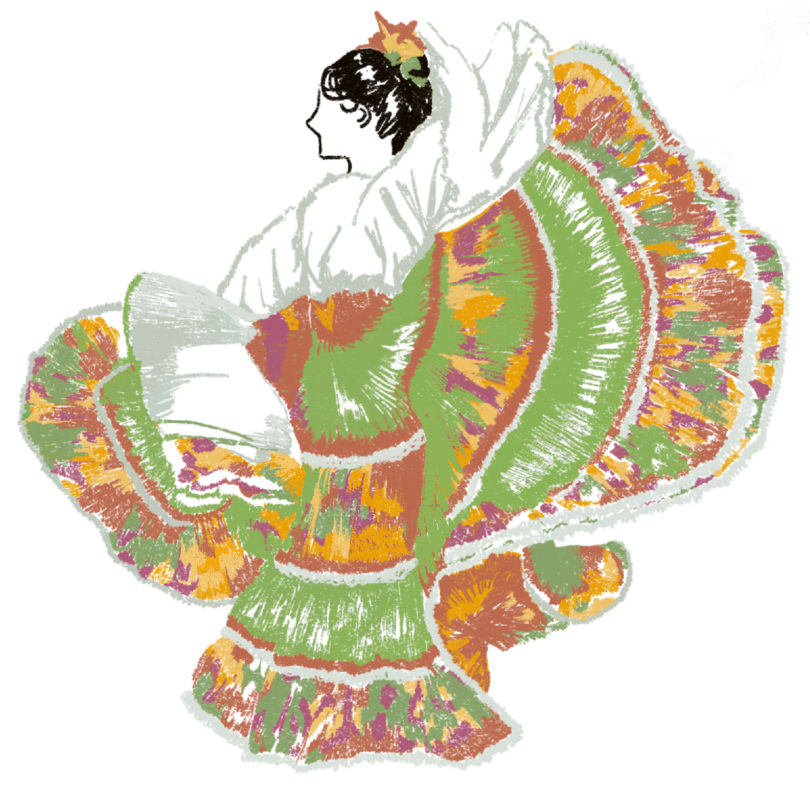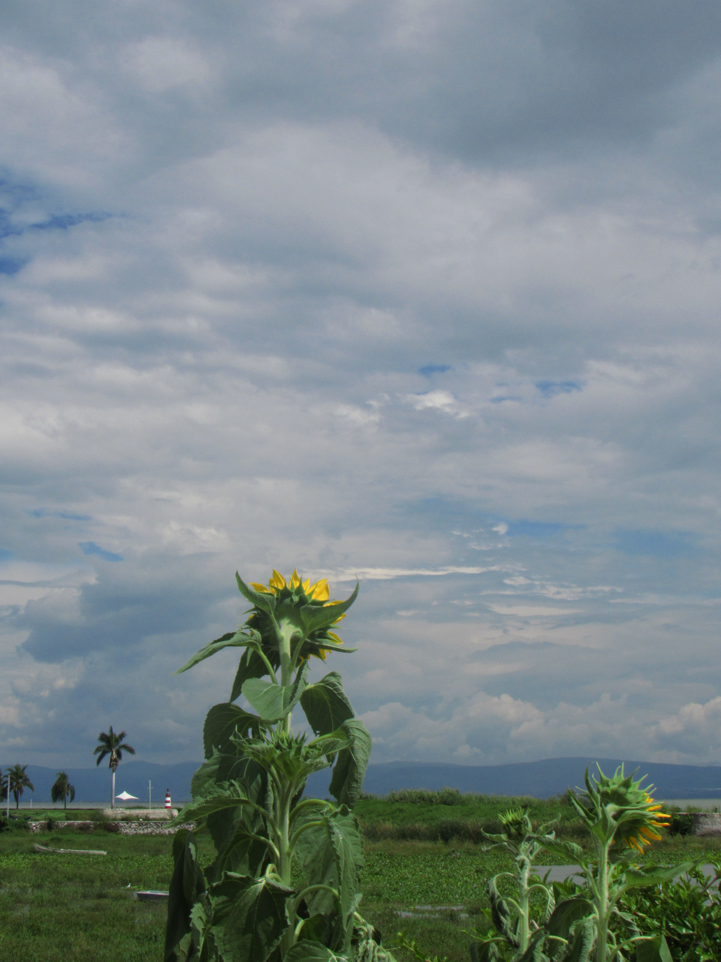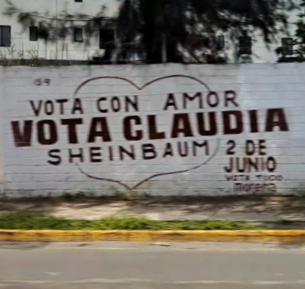How does Indigenous Erasure Impact Latines?
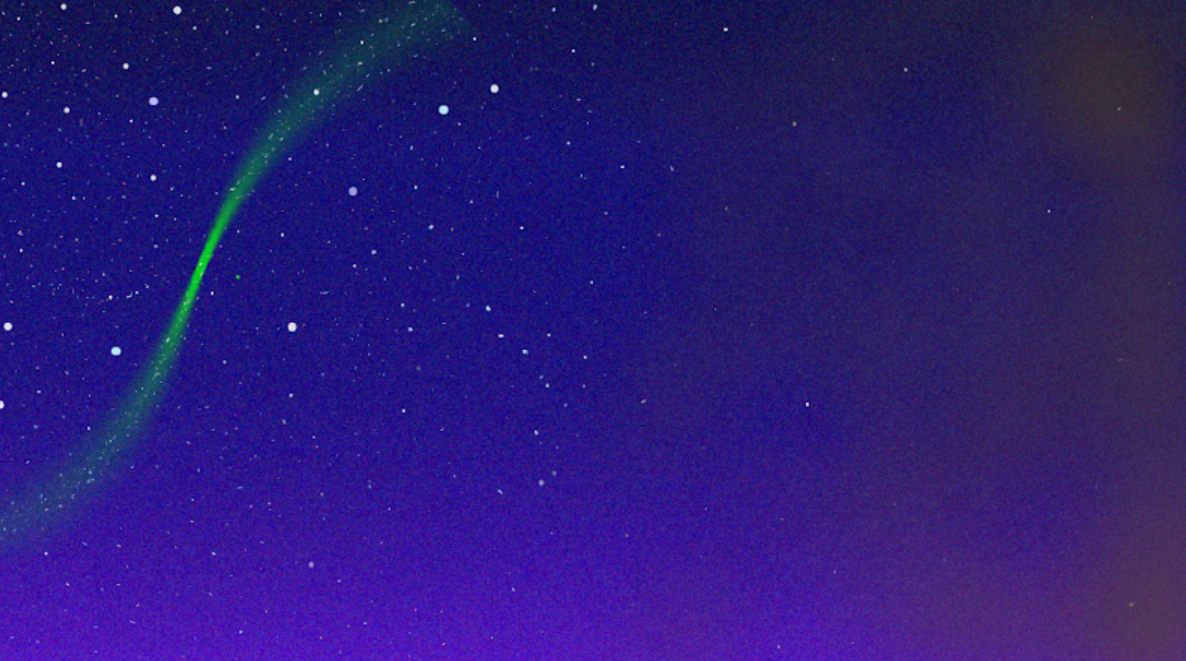
Designed by Tommy Correa
Saludos, amiguis. To know who you are is to know where you come from. However, over the centuries, Europeans have done so much to obscure the Indigenous presence on these continents, and now much of our oral and family histories have been hidden away from us. For Latines with at least some Indigenous ancestry, tracing our lineages back is like trying to map the stars, but the further you venture back, the more pollution there is blocking them out. The obscurity from our ancestries leads to a plethora of questions.
When it comes to understanding one’s Indigenous roots, there is a spectrum of sorts. On one end, there are those that deny their Indigenous roots, and on the other, those who hold strongly to their Indigenous roots with any other mindset imaginable in between. Now, let’s hear what questions and answers other Indigenous Latines at UCLA have to share along this spectrum.
Dr. Lauren Guerra, professor
Dr. Lauren Guerra, a lecturer here in the Chicanx and Central American Studies Department, is Guatemalan and Ecuadorian. She reveals one part of this spectrum as she is aware of her Indigenous roots but “unfortunately has been rather disconnected from” them and does not know which tribe her family is from. Although she had limited exposure to Indigenous traditions growing up, Dr. Guerra notes that Indigenous practices have carried on through her syncretic faith of curandería and brujería. When asked if being unaware of her Indigenous roots has ever created any questions for her, Dr. Guerra answered, “The best way to describe myself is that I don’t fit perfectly in a box. I embrace the complexity!”
José María, second-year Cucapá
Conversely, José María, a second-year student, knows of their Cucapá roots in Baja California. José María traces their lineage back to their grandmother. They tell us, “My grandmother (who was the only one who knew our mother tongue) didn’t teach my aunts so they wouldn’t be discriminated against in school. My grandmother took care of me growing up from time to time so she tried to teach me our language.” Their story is an example of the tragic yet common reason Indigenous languages die out. It is either abandon one’s Indigenous culture, or keep it at risk of discrimination.
Being Indigenous to this continent but not to the United States created questions for José María growing up. Under the impression that “American Indian” was for Natives of the U.S. alone rather than the whole continent, they were rather unsure of how to answer when asked about their race on documents after coming to the U.S.
Another question that arose for José María was why people were treating their mother with more Cucapá features differently than those in their family with less Indigenous features. They recall, “…growing up, strangers would often question if my mom was really my mom simply because she was more Indigenous looking, which I didn’t understand at the time why, but now I realize they were being colorist and thought there was no [sic] way this Indigenous woman could have a white child.”
Olivia Salazar, second-year Zapotec
Olivia Salazar is a second year student coming from the Zapotecs of Oaxaca. She grew up aware of her Zapotec roots, learning the stories passed down to her from her grandparents; however, she did not grasp the “richness” of her roots until high school. It was not until then that Salazar began to push back against Eurocentrism by leaning into her Zapotec roots.
Knowing about her ancestry and being involved in Indigenous circles, she sees clearly where Indigenous peoples tend to fall across the various American societies: at the bottom. Despite being toward the bottom of the social pyramid, she notes that it is oftentimes Indigenous people that “produce the labor that keeps our respective countries running.” However, with all the knowledge Salazar has gained, she still makes note that “most cultural stories and language are lost to us.”
Across these three stories, we see some of the different ways that knowledge of our Indigenous ancestries carries on, or how a lack thereof can lead to issues at times. With so much work to erase Indigenous peoples off of this continent both in the past and present, it becomes difficult to understand our world now. Even then, Indigenous ways of life have endured, either through faith or food or some place else. With such beautiful customs and languages, it is a shame that the view of our Indigenous ancestors and their ways of life have become murky with pollution. We are left with a handful of stars and dreams of nights past, when they all shimmered across the sky.
